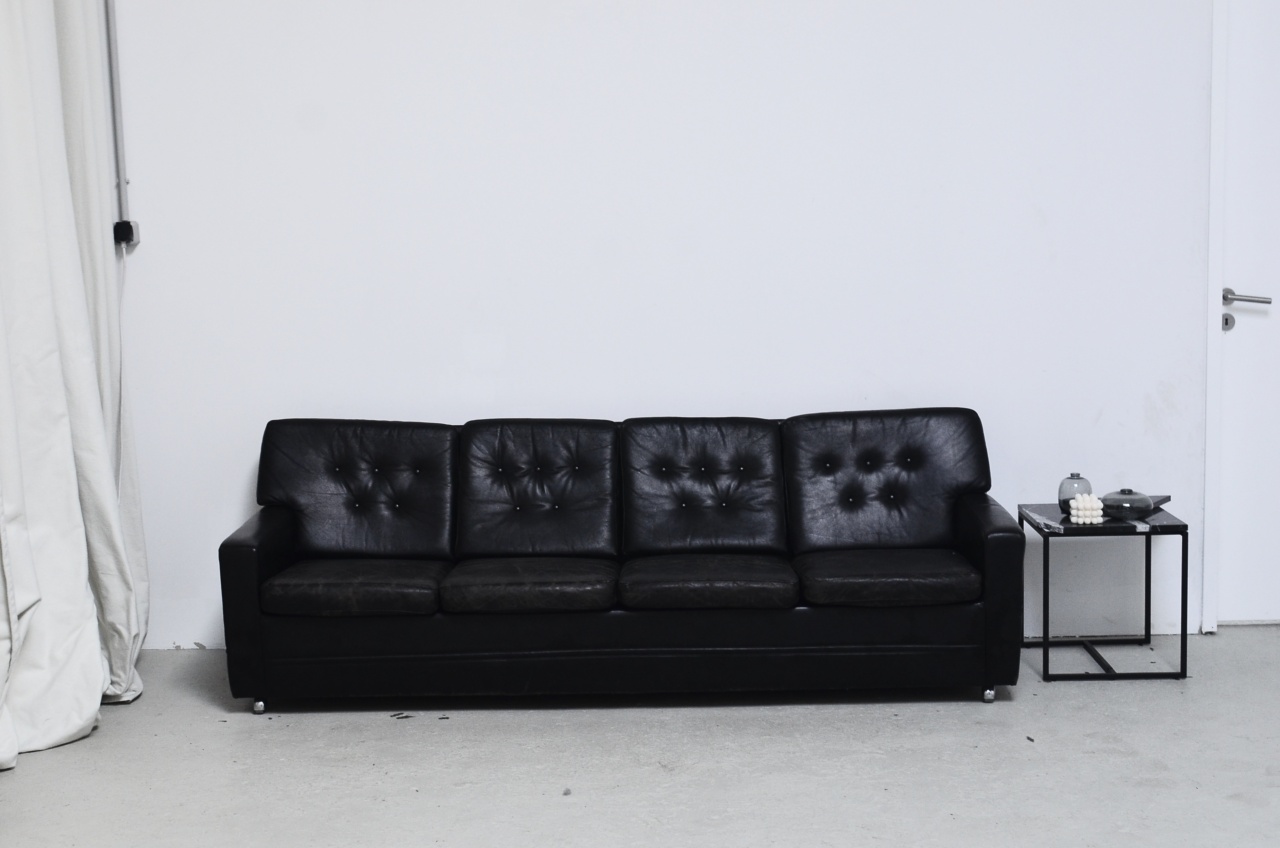Chronic pain is one of the most difficult experiences a person can endure. The pain can be debilitating, making it difficult to carry out everyday tasks, and can lead to depression and anxiety.
Vulvodynia is a condition that can cause chronic pain in the vulvar area, often without any visible signs of an underlying medical condition. This article explores what it’s like living with vulvodynia, the challenges faced by those who experience it, and the treatments available to help manage the pain.
What is Vulvodynia?
Vulvodynia is a condition characterized by chronic pain in the vulvar area, which includes the outer and inner labia, clitoris, and vaginal opening. The pain can range from mild to severe, and can be constant or intermittent.
The exact cause of vulvodynia is unknown, but it is believed to be related to problems with the nerves in the area.
The Symptoms of Vulvodynia
The symptoms of vulvodynia can vary from person to person, but may include:.
- Burning
- Stabbing
- Rawness
- Stinging
- Itching
These symptoms can be triggered by contact, such as sexual activity or even wearing tight clothing, or may be present at all times. Many people with vulvodynia report that the pain can be so severe that it makes sitting or even walking difficult.
Diagnosis and Treatment of Vulvodynia
Diagnosing vulvodynia can often be a challenge, as there is no definitive test for the condition.
Doctors will typically need to rule out other potential causes of vulvar pain, such as infections or skin conditions, before arriving at a diagnosis of vulvodynia.
Once a diagnosis has been made, treatment options may include:.
- Topical creams or ointments to numb the area and reduce pain
- Medications, such as antidepressants or anticonvulsants, that can help reduce nerve pain
- Physical therapy to help relax the muscles in the pelvic floor
- Counseling to address any emotional or mental health concerns related to the pain
- Surgery in rare cases where there is a specific, identifiable cause of the pain
The Emotional Impact of Vulvodynia
Living with vulvodynia can be a challenging experience, both physically and emotionally. The pain can make it difficult to enjoy sexual activity, leading to feelings of isolation or inadequacy in relationships.
It can also make it difficult to carry out everyday tasks, such as sitting at a desk job or exercising.
Many people with vulvodynia report feeling frustrated and misunderstood by friends, family members, and even healthcare professionals who may not be familiar with the condition.
Some studies have also suggested a link between vulvodynia and feelings of depression and anxiety, which can further exacerbate the pain and make it difficult to cope with the condition.
Coping Strategies for Living with Vulvodynia
Although there is currently no cure for vulvodynia, there are strategies that can help manage the pain and improve quality of life. Some tips for living with vulvodynia may include:.
- Using ice packs or warm baths to help reduce pain
- Avoiding tight clothing or irritating fabrics
- Exploring alternative therapies, such as acupuncture or mindfulness meditation
- Working with a pelvic floor physical therapist to learn relaxation techniques and exercises
- Keeping a pain journal to track symptoms and identify triggers
Final Thoughts
Vulvodynia is a challenging condition that can be difficult to diagnose and treat, and can have a significant impact on a person’s quality of life.
If you are experiencing vulvar pain, it is important to seek out medical care and work with your healthcare provider to develop a treatment plan that addresses your individual needs and concerns.




























